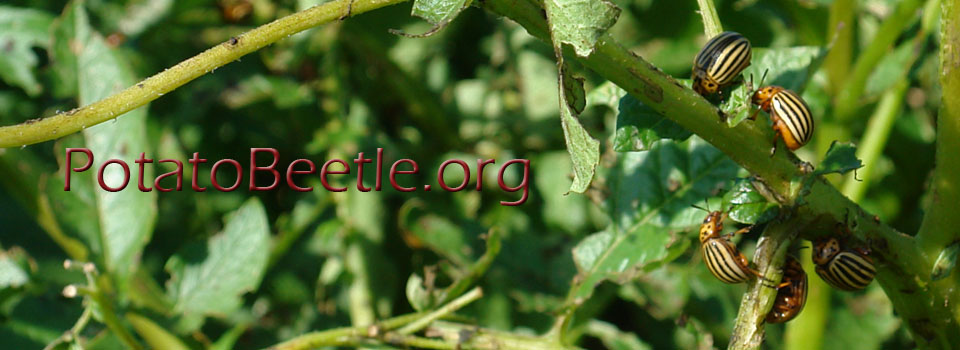Liu, J., Liao, J. and Li, C., 2022. Bottom‐up effects of drought on the growth and development of potato, Leptinotarsa decemlineata Say and Arma chinensis Fallou. Pest Management Science, 78(10), pp.4353-4360.
BACKGROUND
Global climate change will result in increasingly arid weather that will have a significant impact on agriculture. The occurrence dynamics of plants, phytophagous insects and their natural enemies under drought conditions have attracted much attention. The consequences could be useful for controlling insect herbivores. Leptinotarsa decemlineata (Say) is one of the most important pests of potato, and causes serious damage to potato production. Arma chinensis (Fallou) is a parasitoid of L. decemlineata. However, how drought will affect tritrophic interactions between potato and these insects remains unknown.
RESULTS
In this experiment, L. decemlineata and A. chinensis were released onto potato plants under water stress. Thereafter, plant height, stem diameter and yield of potato, growth and reproduction of L. decemlineata, and the longevity of A. chinensis adults were periodically recorded. The results showed that drought had crucial effects on height, stem diameter and yield of potato (p < 0.05); it also had a significant impact on pre-oviposition period, oviposition days, fecundity and life table parameters in L. decemlineata (p < 0.05). Moreover, drought significantly reduced the longevity (p < 0.05) and survival rate of A. chinensis adults. The longevity of adult A. chinensis was only 29.00 ± 3.00 days and the harvest rate of L. decemlineata adults was only 1.42% ± 0.07% under drought treatment.
CONCLUSION
In this experiment, we evaluate the bottom-up effects of drought on tritrophic interactions involving potato, L. decemlineata and A. chinensis, and discuss the implications of the findings for integrated pest management programs involving the pest. Promising future research directions are proposed.
